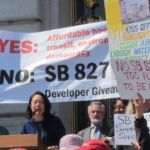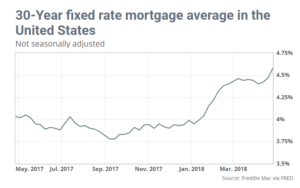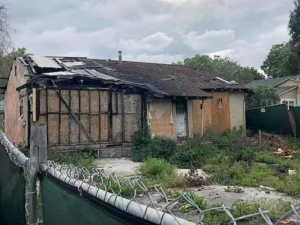Pacific Appraisers
February 20, 2018
North Bay
Marin County: had 212 recorded homes sold in 2017. This county had experienced a 10.8% change in the median value of home sales, increasing from $857,500 in December 2016 to $950,000 in December 2017
Sonoma County: had 432 recorded homes sold in 2017. This county had experienced a 16.9% change in the median value of home sales, increasing from $526,250 in December 2016 to $615,000 in December 2017
Napa County: had 129 recorded homes sold in 2017. This county had experienced a 12.9% change in the median value of home sales, increasing from $560,000 in December 2016 to $632,500 in December 2017
Solano County : had 612 recorded homes sold in 2017. This county had experienced a 5.1% change in the median value of home sales, increasing from $390,000 in December 2016 to $410,000 in December 2017
East Bay
Alameda County: had 1,472 recorded homes sold in 2017. This county had experienced a 12.9% change in the median value of home sales, increasing from $675,000 in December 2016 to $762,000 in December 2017.
Contra Costa County: had 1,360 recorded homes sold in 2017.This county had experienced a 9.1% change in the median value of home sales, increasing from $504,250 in December 2016 to $550,000 in December 2017.
San Francisco
San Francisco County: had 430 recorded homes sold in 2017.This county had experienced a 6.6% change in the median value of home sales, increasing from $1,100,500 in December 2016 to $1,173,000 in December 2017
Peninsula
San Mateo County: had 563 recorded homes sold in 2017. This county had experienced a 19.1% change in the median value of home sales, increasing from $1,008,000 in December 2016 to $1,200,250 in December 2017.
Silicon Valley
Santa Clara County: had 1,520 recorded homes sold in 2017. This county had experienced a 8.9% change in the median value of home sales, increasing from $805,000 in December 2016 to $658,00,000 in December 2017.
Monterey
Santa Cruz County: had 218 recorded homes sold in 2017. This county had experienced a 8.9% change in the median value of home sales, increasing from $604,500 in December 2016 to $658,000 in December 2017.
San Benito County: had 75 recorded homes sold in 2017. This county had experienced a 8.2% change in the median value of home sales, increasing from $475,000 in December 2016 to $513,000 in December 2017.
Monterey County: had 315 recorded homes sold in 2017. This county had experienced a 14.3% change in the median value of home sales, increasing from $490,000 in December 2016 to $560,000 in December 2017.
To see values throughout California click here.








